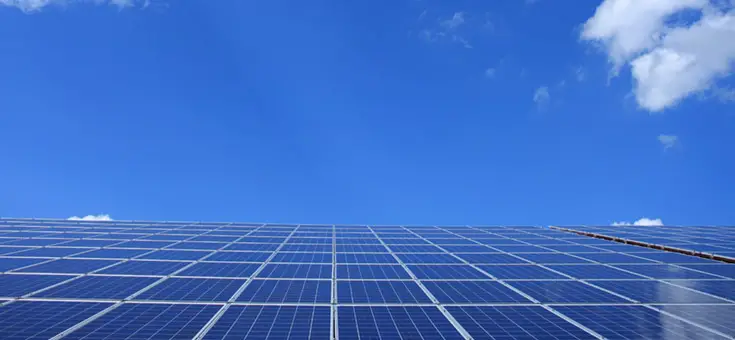When and how much is photovoltaic at home convenient? In order to answer this question and be able to make estimates on the real savings resulting from the domestic use of solar energy, it is necessary to consider several factors, the most important of which is the annual energy needs of the family. The starting point for calculating the benefits is therefore the electricity bill, which contains the amount of kWh consumed and - most importantly - their overall costs.
In this post we'll try to shed some light on domestic photovoltaic systems, hoping to give the reader the chance to know the full story before calling a solar power company to get a quote.
Startup costs
To know how convenient domestic photovoltaics are, the first thing to understand is that they do have a break-even point: to put it in other words, they do require an expensive initial investment (the installation phase), meaning that they will become "convenient" only starting from a certain consumption threshold.
Consumption bands
In a nutshell, is possible to classify electricity consumption into five bands, based on the amount of the monthly bill and the total annual kWh consumed:
- consumption of less than 2,000 kWh per year, with a monthly cost of about € 60
- annual consumption between 2,500 and 3,500 kWh per year, with a monthly cost between € 70 and € 100
- consumption between 3,700 and 4,300 kWh per year, with a monthly cost between € 110 and € 150
- consumption between 4,500 and 6,500 kWh per year, with a monthly cost of € 160-250
- consumption over 6,700 kWh per year, with a monthly cost over € 260
It goes without saying that these are purely indicative figures: actual cost might vary depending on country and state.
How much is worth
With these (average) costs in mind, let's try to answer to the main question: when and how much is photovoltaic at home convenient?
As a matter of fact, the transition to photovoltaics starts to be convenient starting from the second consumption band (see above) and the convenience increases even more for families who are positioned in the subsequent consumption bands. The savings resulting from the installation of a domestic system are manifested in two different ways:
- with a net saving in the bill
- through the tax deductions reserved for the owners of a system in most countries.
However, how much photovoltaic is worthwhile always depends on several factors: first of all, on the amount of self-production vs self-consumption.
Recommended power
For those who have a reduced energy requirement and fall within the first consumption range, photovoltaics are too not very convenient. But starting from a monthly bill of around € 90, photovoltaics can be a good choice. The optimal rated power of the domestic system is 3 kWp. For an annual consumption of over 4,500 kWh, a more powerful 4.5 kWp system is more efficient, while for even higher consumption the recommended power is 6 kWp.
Potential savings
As already mentioned above, photovoltaic is convenient for two main reasons: lower cost of bills, and tax deductions. In particular, half of the cost incurred for the installation of the system can be deducted over a tax period of 10 years, for an amount equal to 50% of the costs incurred on the invoice. Thinking about the numbers, the overall savings resulting from the installation of a photovoltaic system at home can easily be between € 800 and € 2,700 per year, based on consumption and the size of the installation, as soon as the break-even point is met (i.e. the initial investment has been earned back).
Sun and position impact
Last but not least, it's important to consider a number of "physical" factors, such as:
- Sun exposition. Is it sunny where you live? The sunnier it is, the more energy will be generated. For examples, in places like California, or Australia, a solar system will produce a lot of electricity than in the UK and most of the EU countries.
- Roof orientation and angle. Do you have a good roof (or other place) for solar? As you most likely already know, solar panels need to face towards the sun. The sun position and rotation will vary during the day and is different in each country. For example, in the north emisphere most energy is generated facing towards south, while in the southern hemisphere solar panels need to be face north.
Conclusion
Photovoltaics at home are definitely worthwhile, starting from an annual energy requirement of 2,500 kWh. As energy needs go up, so does the economic benefit deriving from the exploitation, in self-consumption, of the sun's energy. Considering the possibility of fiscally deducting the expenses incurred and the direct economic convenience, the ROI to be faced to put the domestic system into operation takes place over a period of 4 years for larger systems, 5 years for larger systems. medium and 6-year systems for smaller domestic systems.
